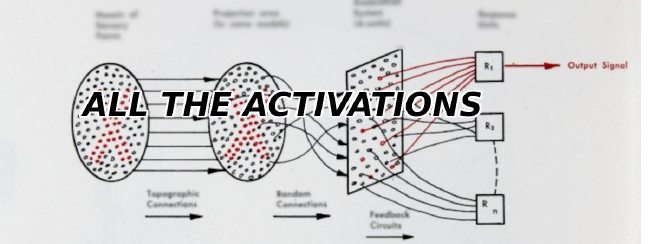Making a HUGO Website The Full Stack Way pt 1 - Making the Site
This first tutorial in our series is focused on making a HUGO static website. The official quickstart tutorial is an additional excellent resource. Readers solely interested in deployment can skip ahead to part 2.
Installing HUGO
For Linux (Debian or Ubuntu)
You can download the latest HUGO release for your distro and architecture from github
The *.deb can be installed with
$ sudo dpkg -i hugo_extended_0.101.0_Linux-64bit.deb
For MacOSX
Using Homebrew
$ brew install HUGO
Initiating your site locally
# Create a new site base
$ hugo new site my_site_name
# Initialize git repo
$ cd my_site_name
# Add the ANANKE theme
$ git submodule add https://github.com/theNewDynamic/gohugo-theme-ananke.git themes/ananke
Setting up .gitignore
Since we are putting HUGO under source control with github, we might want to make sure that we don’t push autogenerated files into source control. Create a .gitignore file in the root directory of your repo
$ touch .gitignore
And place the following into it
# -*- mode: gitignore; -*-
## HUGO ##
# Generated files by hugo
/public/
/resources/_gen/
/assets/jsconfig.json
/hugo_stats.json
# Executable may be added to repository
hugo.exe
hugo.darwin
hugo.linux
# Temporary lock file while building
/.hugo_build.lock
Creating a post
$ hugo new posts/my-blog-post.md
Building static pages and Starting a local Hugo server
# Build static pages
$ hugo -D
# Start a local server on localhost:1313
$ hugo server -D
Check http://localhost:1313/ to see your site rendered in all its glory
Deploying to Netlify
Netlify can host your personal site, keeping the hassle of managing cloud infrastructure to a minimum. The service is “free” and simply setting up an account and adding a netlify.toml to your repo should be enough to get your site on the web.
Forget Netlify, I want to do it myself!
Under the hood, Netlify uses cloud providers on the backend. If your interested in getting started with Cloud, and skipping the middleman, go ahead and…
Read the Next Post -> Deploying to Google Cloud
Tips
Different HUGO themes place page post content in different folders. Ananke looks for posts in
content/posts. Other themes may look incontent/blogor some other directly. Look in examples to make sure.Images should go into the
static/folder. The markdown code to reference an image inmy_site_name/static/images/my_image.pngis actuallyomitting the leadingmy_site_name/static
Related Posts
Why Big Tech Wants to Make AI Cost Nothing
Earlier this week, Meta both open sourced and released the model weights for Llama 3.1, an extraordinarily powerful large language model (LLM) which is competitive with the best of what Open AI’s ChatGPT and Anthropic’s Claude can offer.
Read moreHost Your Own CoPilot
GitHub Co-pilot is a fantastic tool. However, it along with some of its other enterprise-grade alternatives such as SourceGraph Cody and Amazon Code Whisperer has a number of rather annoying downsides.
Read moreAll the Activation Functions
Recently, I embarked on an informal literature review of the advances in Deep Learning over the past 5 years, and one thing that struck me was the proliferation of activation functions over the past decade.
Read more


